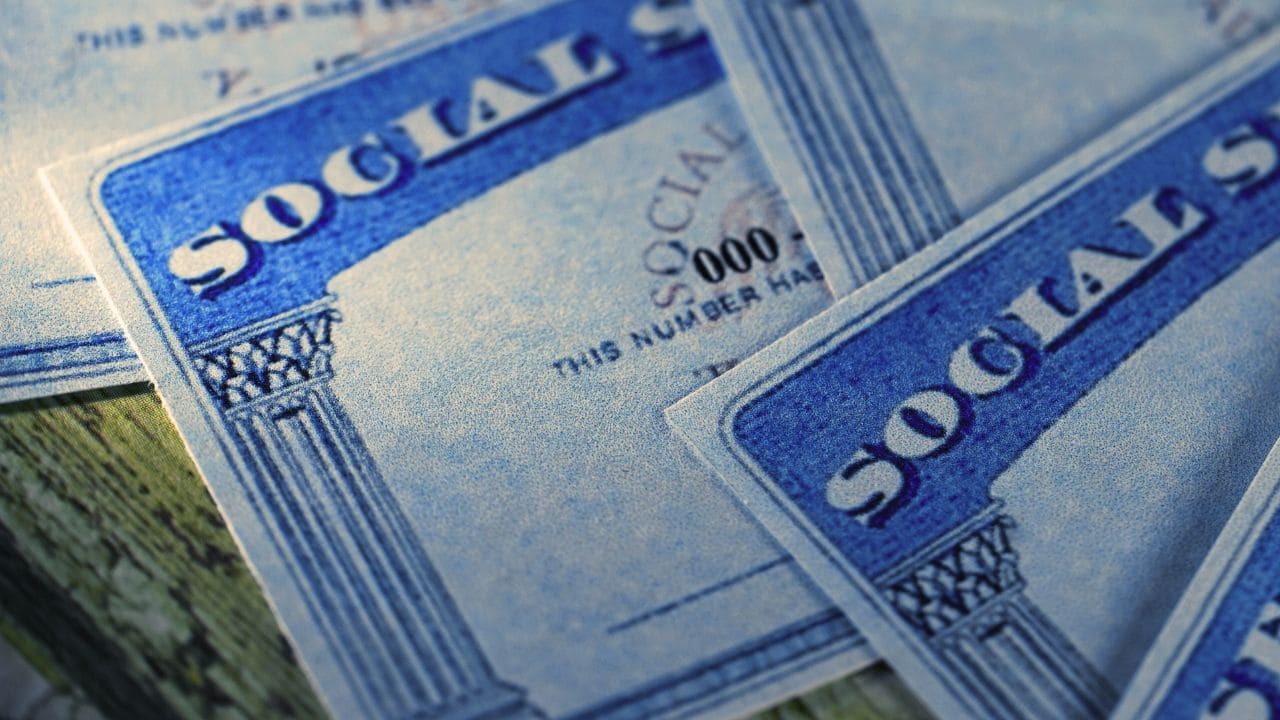Earlier this year, President Donald Trump signed an executive order directing federal agencies to stop issuing paper checks. The mandate, which affects the Internal Revenue Service, Department of Education, Department of Veterans Affairs, and the Social Security Administration, takes effect Sept. 30, 2025.
“Reducing paper checks has been a longstanding bipartisan goal that our administration is finally putting into action,” Treasury Secretary Scott Bessent said in a statement. “Thanks to President Trump, this will help reduce fraud and theft. It will also remove delays that prevent hardworking Americans from receiving their vital payments.”
Why the switch is happening
According AL, the government cites cost savings and security as the primary reasons. Mailing a paper check costs about 50 cents, compared to 15 cents for an electronic transfer. In addition, paper checks are reported to be 16 times more likely to be lost or stolen.
Currently, about 0.8% of Social Security beneficiaries — roughly 500,000 recipients — still receive paper checks. Everyone else is already enrolled in direct deposit or prepaid debit card programs.
What to do if you still get a paper check
If you’re part of this small group, you’ll need to switch to electronic payment before Sept. 30. Here are your options:
Call the Social Security Administration directly for instructions on enrolling in direct deposit.
Enroll online at GoDirect.gov.
Call the Electronic Payment Solution Center at 1-800-967-6857 (Monday – Friday, 9 a.m.–7 p.m. ET).
For those without a bank account, the government recommends:
Opening an account through FDIC’s Get Banked or MyCreditUnion.gov.
Signing up for the Direct Express® Debit Mastercard®, a Treasury-sponsored prepaid card that allows beneficiaries to receive monthly payments securely.
If you already receive direct deposit
No action is required. Your benefits will continue as usual without interruption.

